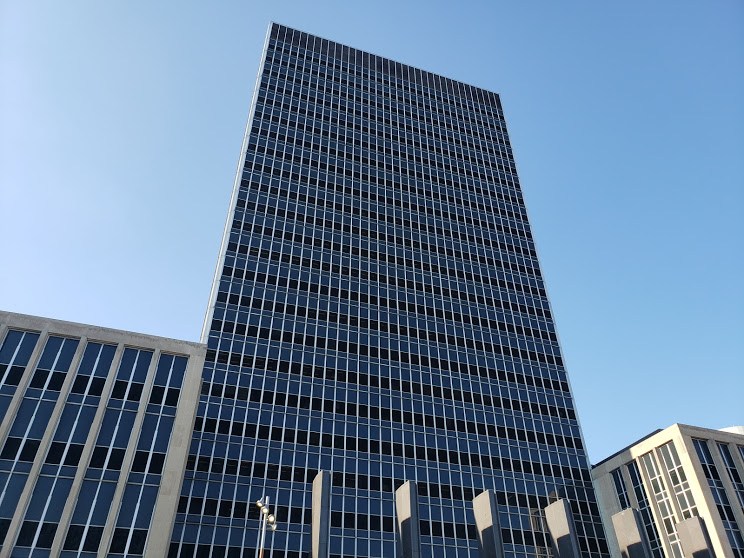Marion County’s $1.4 Million Mistake

Marion County is about to make a huge and completely avoidable, mistake that is going to cost the taxpayers more than $1.4 million.
On Monday, a proposal is being introduced at the City-County Council that would appropriate $1.4 million to send every registered voter in Indianapolis an absentee ballot application to be used for the June 5 primary.
The “logic” (and I use that term very loosely) is to encourage citizens to vote absentee in the wake of COVID-19, aka the coronavirus. The state moved the primary from May 5 to June 2 and changed the rules to allow for “no excuse” absentee voting, so voters don’t need a reason to vote absentee. So in the wake of all that, someone at the City-County building thought sending more than 647,000 voters an absentee ballot application would be a good idea. [That amounts to $2.16 per voter.]
If they think this is a good idea, I’ve got some oceanfront property in Wyoming I’d like to sell them for approximately $1.4 million.
Why is this a bad idea? Where do I begin?
First, this is a primary, not a general election. This means it’s Republicans and Democrats who will pick the candidates they want to represent them in the November election. So if you’re an independent voter, Libertarian, or just don’t like to vote in primaries or there are no contested races on your ballot, your city government is about to waste $1.4 million of your money to send you an application to participate in something that you have absolutely no intention of participating.

Second, if you look at voter participation rates when it comes to the primaries, you will see this even a bigger waste of resources when you look who shows up. I did some digging, and here are the voter turnout rates for the last few primaries here in Marion County. I did not include the municipal primaries because that would have made this seem like even more of a bad idea than it already is.
- 2018 – 15.6 percent
- 2016 – 32 percent
- 2014 – 8 percent
- 2012 – 21 percent
As you can see, the average voter turnout for the last four primaries is 19 percent; and seven percent was the average for early/absentee ballots cast. And that’s including the 2016 primary, which was contested on both the Republican and the Democratic presidential races. Now with Bernie Sanders suspending his presidential campaign that means Joe Biden, much like Donald Trump, is basically running unopposed, there’s not a lot of incentive for folks to come out. And with there being no contested gubernatorial races, Indianapolis is about to spend $1.4 million in the hopes that 19 percent of the voters will show up. [That amounts to $11 per vote.]
And that ties perfectly into my third reason as to why this is a bad idea, most of the races in Marion County are uncontested. Except for the 20 million people running in the Republican primary and the handful of people running to likely lose against Democrat Andre Carson, the odds are if you get a ballot, there’s a pretty good chance that there won’t be any contested races on your ballot. By my last count, there are two contested State Senate seats (one Democrat and one Republican) seven Indiana house seats that have contested primaries (three on the Republican side and four on the Democrat side). And before I forget, there are some contested township board primary races, (seven on the Republican party and two on the Democratic side). Another way to look at this, Indianapolis is spending $1.4 million on what amounts to 20 contested races. [That amounts to either $70,000 per race or $23,000 per candidate in those contested races.]
There are numerous candidates running for delegates to the state conventions, but that makes matters even more offensive because a state convention is the epitome of a political event that the taxpayers should not have to foot any part of the bill, particularly paying for the process to pick the people who will participate.
So think about this, Indianapolis is going to spend more than $1.4 million on what fundamentally amounts to 60 people running in 20 contested primaries. And if we’re lucky, 20 percent of the voters might participate.
I have never been a fan of taxpayer-funded primaries, and after reading this, neither should you.

